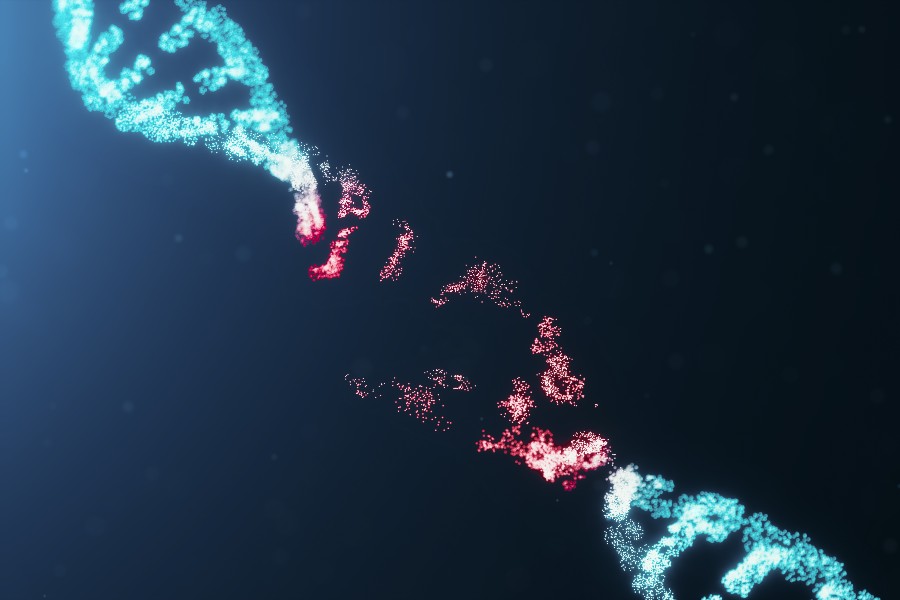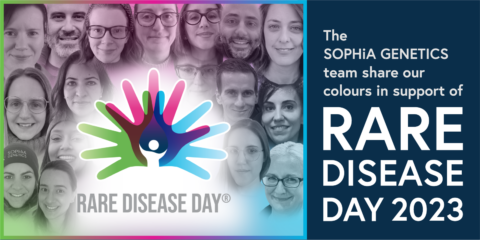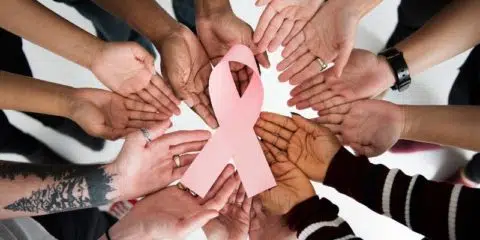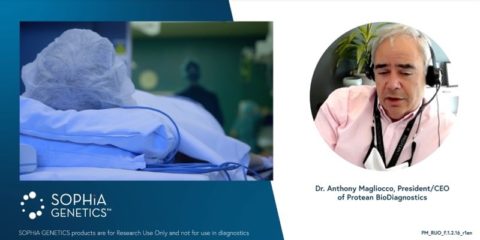This week is marking one year from the official launch of the SOPHiA DDM TM Homologous Recombination Deficiency (HRD) Solution, accelerating and empowering our customers’ clinical cancer research decisions with cost-effective, accurate and fast in-house results.
Blogs
In the Face of Rare Disease: The Inspiring Story of Brooklynn
On Rare Disease Day, SOPHiA GENETICS celebrates and honors the strength, resilience, and positivity of real-life superheroes who inspire us every day.
International Childhood Cancer Day 2023: Better survival is achievable!
February 15th has been globally acknowledged as the International Childhood Cancer Day, a day dedicated to raising awareness on childhood cancer and advocating for better treatment and care for young patients.
How the Future of Genomic Analysis is Already Furthering Breast Cancer Research
The advancement of genomic analysis technology revolutionizes breast cancer research, as it provides better breast tumor classifications, which then leads to enhanced clinical management or precision oncology.
World GO Day Raising Awareness for Gynaecological Cancers
With over 1.3 million women worldwide diagnosed with gynaecological cancers in 2020, it’s more important now than ever to equip them with tools and resources to promote prevention and early detection of potential cancers.
The Launch of SOPHiA DDM™ Dispatch
SOPHiA GENETICS is excited to announce the launch of SOPHiA DDM™ Dispatch, a new way for our SOPHiA GENETICS Integrated Access partner labs to work with their clients. SOPHiA DDM™ Dispatch make its it easier to work with clients directly and control logistics within your lab.
Celebrating Clinical Trials Day
SOPHiA GENETICS is excited to celebrate Clinical Trials Day. This blog dives a little deeper into the history of clinical trials and how they continue to advance healthcare.
Diversity in Genomic Analysis: An example of how SOPHiA GENETICS has built more accurate health data analysis for diverse populations
Every person is unique. We can clearly see this within the more than one million genomic profiles from 70 different countries analyzed by our technology.
Benefits of doing genomic data analysis in house
Third party sequencing services can enable increased access to NGS testing, but if institutions do not receive access to the raw data it can limit the insights they can gain. Doing the data analysis in house can allow you to harness the power of genomic data to reveal relevant variants.
A Milestone Worth Celebrating: One Million Genomic Profiles Analyzed
SOPHiA GENETICS has reached a major milestone on a global scale by analyzing one million genomic profiles.
Evolution of precision medicine
The field of precision medicine continues to evolve but remains steadfast in its goal to provide the right treatment to the right patients at the right time. This blog examines the evolution of precision medicine and how we can achieve its promise.
How Protean BioDiagnostics utilizes SOPHiA GENETICS for more comprehensive genomic analysis and research
Larger panels may cast wider nets, but optimization with patented algorithms through our universal platform gives more actionable insights without sacrificing data quality.











